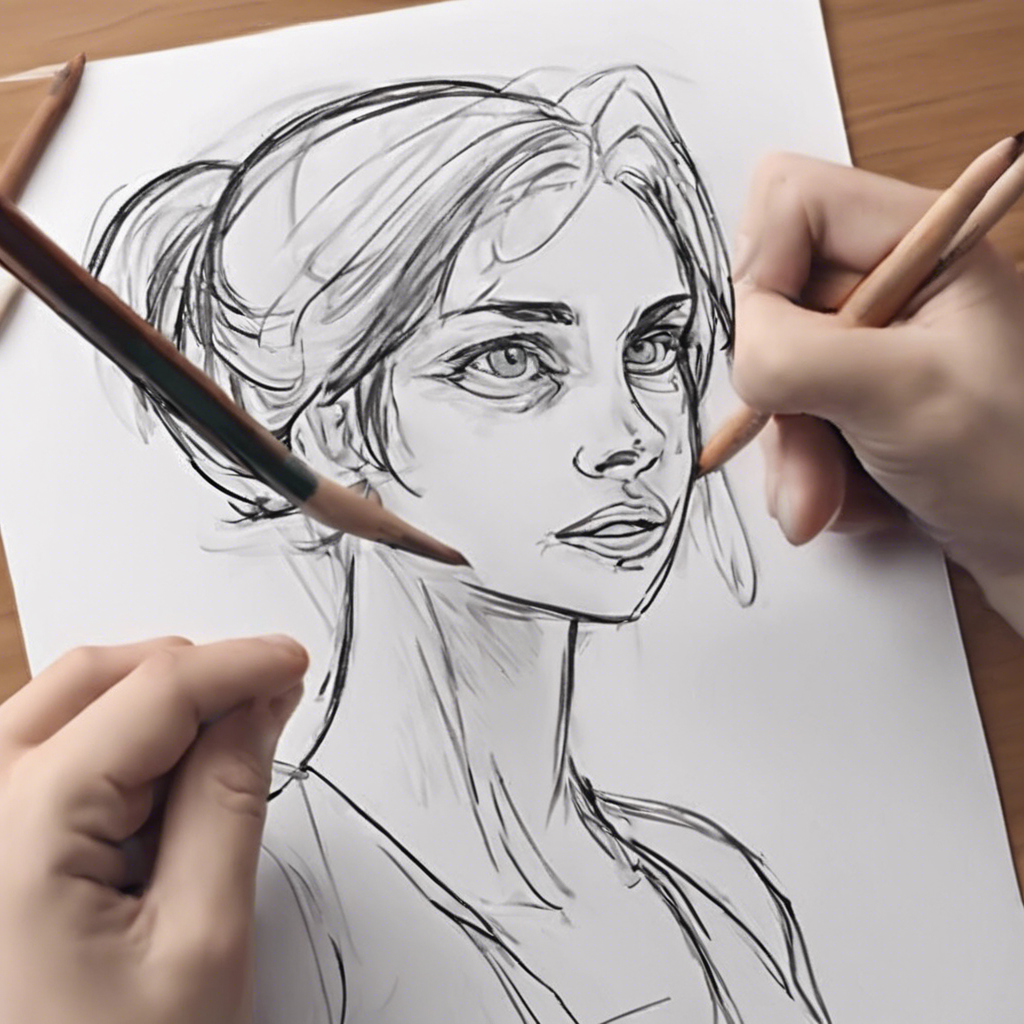Do I need to be good at drawing to learn animation?
Do I Need to Be Good at Drawing to Learn Animation?
Introduction
Animation has long been a captivating form of storytelling, captivating audiences with its ability to bring characters and worlds to life. The process of creating animation is often seen as a complex one, requiring a high level of artistic skill, particularly in drawing. But does that mean you need to be a prodigy in drawing to break into the world of animation? This article explores the relationship between drawing ability and animation, examining whether a strong foundation in drawing is essential for learning animation.
The Role of Drawing in Animation
At its core, animation is the illusion of movement created by rapidly displaying a sequence of static images. These images, or frames, are often hand-drawn or created using digital tools. The traditional perception is that to animate, one must first master the art of drawing. This belief stems from the historical roots of animation, where artists would draw each frame by hand.
Traditional Animation and Drawing
In traditional animation, also known as 2D animation, artists literally draw each frame of the animation. This process requires a significant amount of drawing skill, as the quality and consistency of the drawings directly impact the final product. Characters must be drawn consistently from frame to frame to maintain continuity, and the artist must have a strong understanding of anatomy, perspective, and proportion to create believable movements.
The Evolution of Animation
With the advent of computer-aided animation, the process of creating animations has evolved significantly. 3D animation, for example, involves modeling characters and environments in three dimensions and then animating them using a variety of software tools. While a basic understanding of drawing can be helpful in 3D animation for creating models and concept art, the actual animation process involves moving digital objects from one position to another, a task that doesn't necessarily require traditional drawing skills.
Drawing vs. Animation Skills
While drawing is a fundamental part of animation, it's important to distinguish between drawing as an art form and the specific skills required for animation. Animation is as much about storytelling, timing, and understanding motion as it is about drawing. Here are some key points to consider:
Drawing Skills
- Basic Proficiency: A basic level of drawing skill is beneficial for all types of animation, as it allows for the creation of clear, recognizable characters and environments.
- Continuity: In traditional animation, the ability to draw characters consistently is crucial for creating smooth and believable animations.
- Artistic Expression: For roles like character design and background art, a higher level of drawing skill is necessary to convey creativity and style.
Animation Skills
- Storytelling: The ability to tell a story through sequential images, understanding pacing, and creating emotional impact through movement and expression.
- Motion and Physics: Understanding how objects and characters move in the real world and applying these principles to create believable animations.
- Timing and Sequence: Mastering the rhythm and timing of movements to convey action and emotion effectively.
Learning Animation Without Being a Prodigy in Drawing
Starting with Digital Tools
For those who may not feel confident in their drawing abilities, starting with digital animation tools can be less intimidating. Software like Scratch, Moovly, or even more advanced programs like Blender and Adobe Animate offer a more forgiving environment for beginners, where the focus can be on learning the principles of animation rather than mastering drawing techniques.
Focus on Animation Fundamentals
Regardless of your drawing ability, focusing on the fundamentals of animation is key. There are numerous online resources, tutorials, and courses available that teach the principles of animation without requiring a pre-existing skill in drawing. By understanding timing, spacing, squash and stretch, and other animation basics, you can start creating compelling animations even with basic drawing skills.
Practice and Persistence
Like any skill, drawing proficiency comes with practice. If you're serious about animation, dedicating time to improve your drawing skills will undoubtedly benefit your work. However, it's possible to start learning animation and gradually improve your drawing ability alongside it. The key is persistence and a willingness to learn and practice both drawing and animation principles.
Conclusion
While drawing is an important skill in animation, it is not the sole requirement for entering the field. With the evolution of technology, there are many pathways into animation that do not require professional-level drawing skills. The most important aspects of animation are storytelling, understanding motion, and timing. By focusing on these elements and gradually improving your drawing skills, you can successfully learn animation and express your creative vision. Remember, many renowned animators started with basic drawing skills that they honed over time. The journey of learning animation is as much about growth and persistence as it is about innate talent.
Discover more from EMD
Subscribe to get the latest posts to your email.
